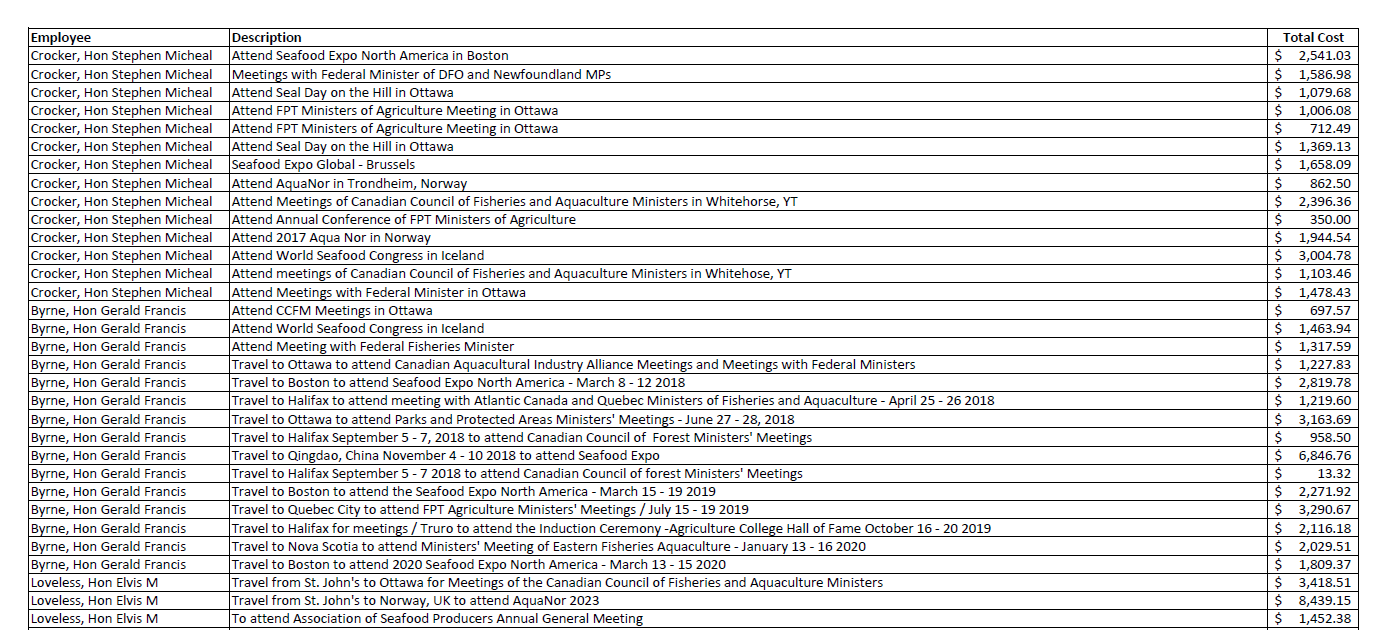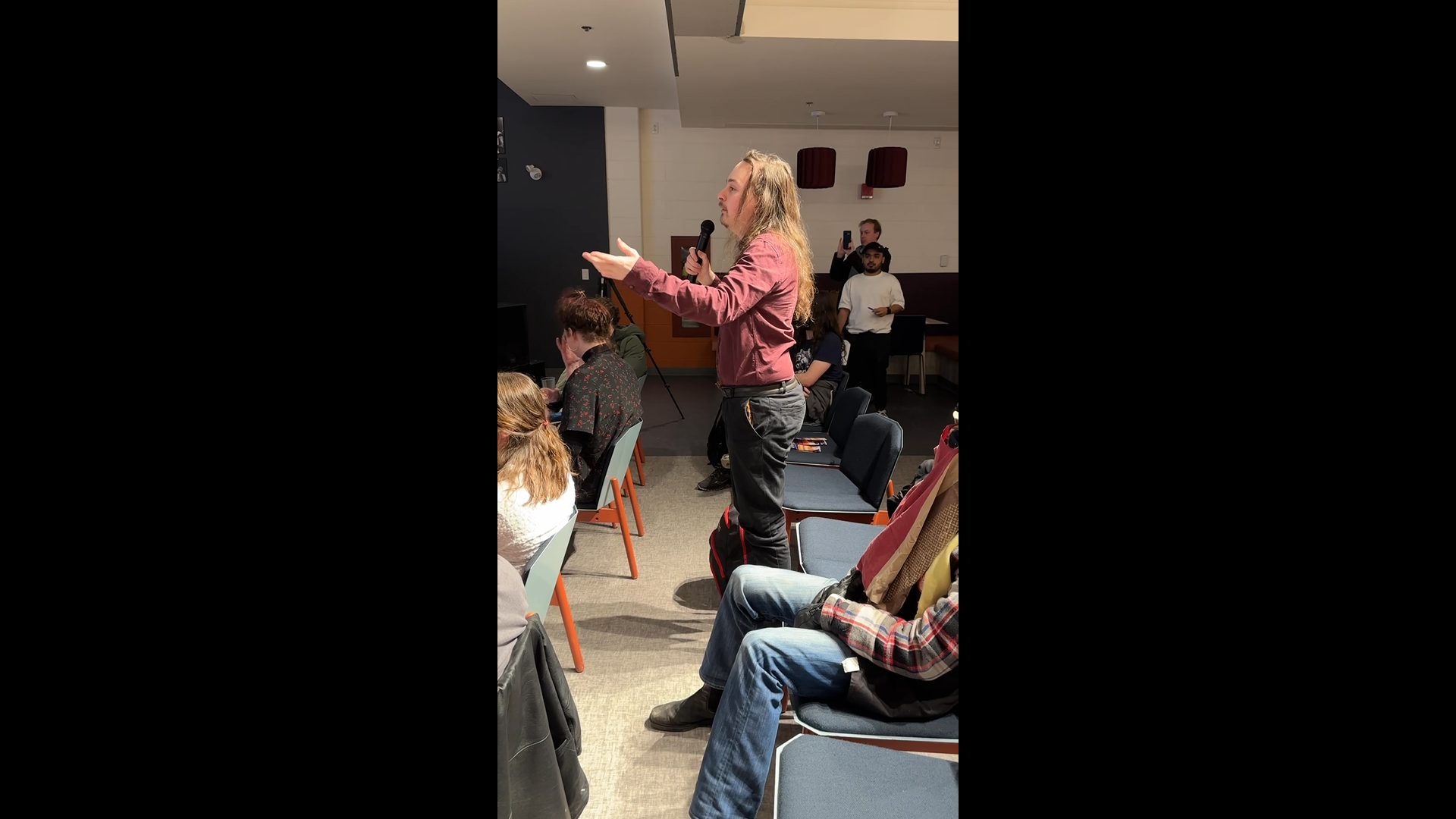
On November 14th, 1972, at 1 PM, over 4,000 students at Memorial University of Newfoundland attended a meeting at the Thomson Student Centre regarding the decision of then-President Lord Stephen Taylor to abolish the collection of fees by the Council of the Students’ Union (CSU). The university annually collected these fees on behalf of the CSU and made a transfer to them. Students were so angry that they decided to occupy the Arts and Administration Building in a revolt against the administration.
Lord Taylor was said to have stated that the students were incompetent and incapable of properly using the money from the fees. But the students felt that the administration had no right to meddle in the internal affairs of the CSU.
In the student newspaper, The Muse, it is stated that Taylor’s decision was “to change the structure of the union from a compulsory one to a purely voluntary one. However, no students were consulted on the change, and this is the major point of dispute between the students and Taylor.”
According to The Gazette, a publication of Memorial University, Bob Buckingham, who was a student activist at the time, stated, “we wanted to stage a demonstration against this, so we attained the home phone numbers of every student, because it was midterm break, and most were not in town. A committee of four of us called each student to inform them of our plans.”

According to an article in The Muse, at the student general meeting, chairman Tom Myrick opened and read Taylor’s public statement that proposed the termination of the compulsory collection of fees by the CSU. Myrick raised the point that Taylor’s salary was more than all of the CSU’s salaries combined. The first speaker was Art Earle, who stated that Taylor had no right to dictate what form of union the students should have. Bob Buckingham stated, “it is necessary to stand up to Taylor and show him we are right.”
The meeting ended, and around 1,500 students marched over to the Arts and Administration building. After the students arrived, offices closed, and the students took over several of them. Both sides of the conflict agreed that a solution could be found in negotiation. Taylor stated that he would not meet with students until they cleared the building. However, he appointed Robert Vardy as a negotiator. The students elected a negotiating team of four, including CSU vice-president Wayne Hurley, Academics chairman Bob Buckingham, Bernard Chenier, and Dave McCurdy.
At first, students had their headquarters in the lobby of the Arts and Administration building, but according to a Muse article, “when it became apparent that they weren’t going to be seriously opposed in their holding of the building, the students switched their meeting headquarters to the Little Theatre.”

Kirian J. Gushue stated in a Muse article that the student occupation was successful mainly because “certain individuals realized that the basic needs of the students as human beings had to be fulfilled in order that they could remain in the building for days and keep their health and sanity.” Gushue said that students provided food, music, and movies in a “well organized and good-spirited manner.” Shortly after the students initially occupied the Arts and Administration building, free coffee and donuts were distributed from a faculty cafe. Folksinger Terry Rielly was one of the people who came to provide music for the students for free. He performed in the Little Theatre. The Toronto rock group Dr. Music also performed. Ironically, a week prior, Taylor had outlawed lunch hour concerts in the Little Theatre. “Even the entertainment was a demonstration against Taylor,” said Gushue. The movie “L’acadie” was shown about a student revolt in Moncton, New Brunswick, to indicate that they were not alone standing up for their rights.
Several committees were formed, like the clean-up committee of volunteers that went around with garbage buckets and cleaned the floors with mops and pails of water. A food services committee was also formed to look after the handing out of coffee and sandwiches. Gushue said that the food committee was on “a completely ad hoc basis with poor facilities, [but] cooked up meals far better than, say, the garbage served by Versafood over in the dining hall.”

There was also an organized student security force. Their role was to prevent administrators, except for their negotiators, from entering the building and to also “keep out members of the administrative staff who operate the switchboard, computer center, comptroller’s offices and other services which the administration need to run the bureaucracy of the university.” The students blockaded every entrance to the building 24 hours a day.
According to the book Celebrate Memorial, then-acting CSU President Wayne Hurley demanded that a referendum be held on the matter and that any change be delayed until after the results of the referendum. He considered the Board of Regents’ decision to abolish the collection of fees to be an attempt by the administration to weaken the CSU.
Not unlike today, the Board of Regents back then was also used to rubber-stamp decisions and proposals of the president. However, Taylor also did not have support from other university administrators. The Director of Student Affairs, Doug Eaton, and the Director of Physical Services, Robert Vardy, opposed Taylor’s decision. Vice-President Mose Morgan and assistant Vice-President Bill Selby were left out of the negotiations.

“Our protest and issues were basic principles of participatory democracy and the right to have input into the decision-making process that had impact on our lives,” said Buckingham in the Celebrate Memorial book.
During the occupation, no faculty or administration services took place. The protest lasted for ten days and ended when the Administration and the CSU accepted the appointment of an independent arbitrator, and the Board of Regents reversed its position.
A referendum was held in February of 1973, and students voted in favour of compulsory CSU fees.
The students involved risked everything according to The Gazette: “the occupation was not without its risks. Mr. Buckingham explained that, had the demonstration been unsuccessful in achieving its goals, he would likely have been suspended from the university and have his degree nullified.”

Buckingham stated in the Celebrate Memorial book that “student activism at MUN in the late 1960s and early 1970s had its roots in the ‘student power’ movement and the general youth rebelliousness of the era.”
“It was a time of heady rebelliousness in an intellectual environment that encouraged a challenging of the status quo and a questioning of rigid bureaucratic regulation,” stated Buckingham.
This act of rebellion against autocracy has been an example of strength in numbers. Students often lack power but, when mobilized with leadership, they can retake it.
Matt Barter is a fourth-year student in the Humanities and Social Sciences Faculty at Memorial University of Newfoundland, majoring in Political Science with a minor in Sociology. He enjoys reading thought-provoking articles, walks in nature, and volunteering in the community.




Leave a Reply to Dianna InksterCancel reply